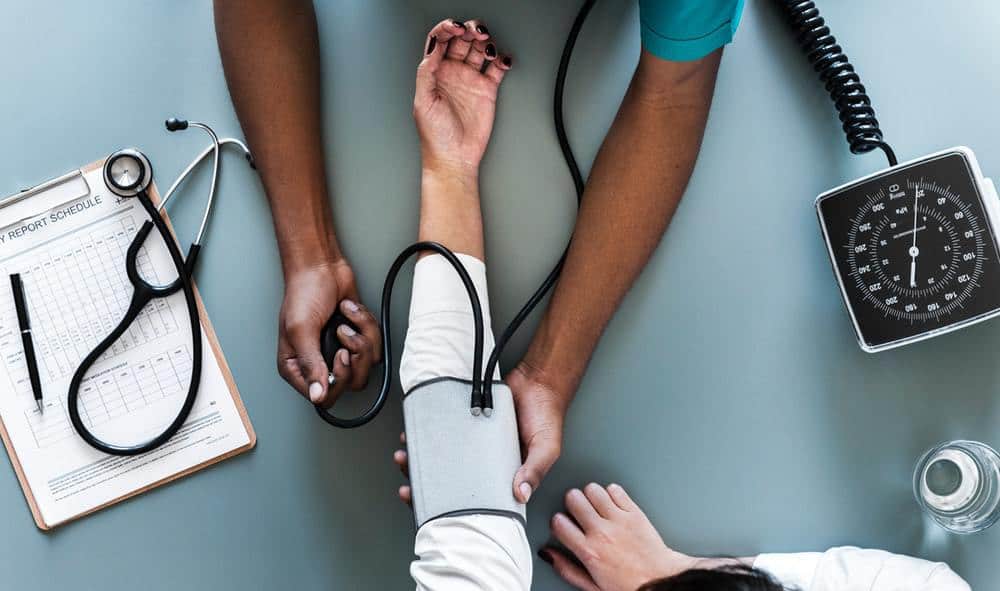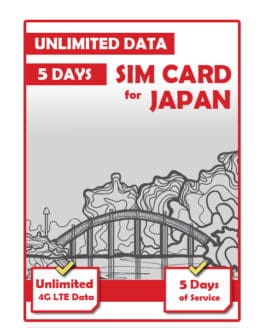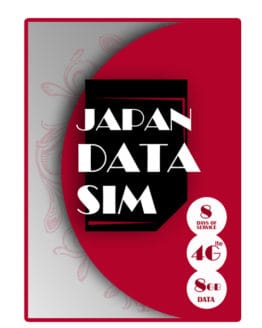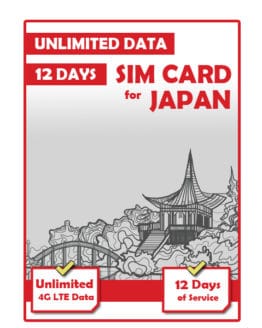Getting sick while travelling is one of those inconveniences that frequently happen to many tourists. Even the slightest hint of a cold or a sore throat can make sightseeing and touring less fun. What should you do if you need to see a doctor while you are in this part of the world, miles and miles away from your home?
Locating a medical facility near you
Japan’s medical and health services are among the best in the world, and finding a hospital or a clinic should not be impossible, especially in the major cities. The Ministry of Health, Labour, and Welfare’s website provides links to the different prefectures’ official pages with information on foreigner-friendly medical facilities in their regions.
For instance, Osaka’s Medical Facilities Information System has a “Search by English” option to locate hospitals and clinics in its cities, districts, and towns; the Tokyo Medical Clinic and Pharmacy Information site lets you search for English-speaking medical institutions by location, medical specialization, and others; and Kyoto’s Healthcare website can help you find a doctor fast, medical facilities that are open at night and on holidays, pharmacies with foreign language support, and more.
For non-emergency medical cases
The steps to undergoing a medical exam or check-up in Japan are not that complicated. Once you find a hospital or clinic nearby, here are the things that you must do to get in and out of there without so much hassle:
Look for the reception area. Show your Japanese health insurance card to a staff member. If you do not have one, you may be asked to pay a certain amount as deposit. Depending on the facility, you can pay in cash, which is the most accepted form of payment, or by credit card.
Fill out some paperwork. You will likely be asked to complete a number of documents, such as a medical history form. Make sure to provide only accurate information. Write down your signs and symptoms to help them determine the right kind of doctor you should see for your condition.
Go to the examination room. Many hospitals and clinics operate on a first-come first-served system. You may have to wait for at least an hour, or walk straight to the doctor’s office as soon as you are done with the forms. As a tip, it is best to drop by the moment the facility opens to not have to endure long waiting times. If possible, call ahead and make an appointment.
Receive doctor’s findings. Depending on your sickness, you may be given treatment right away, get a doctor’s prescription, or be advised by the doctor to visit another medical specialist for further assessment and examination.
Pay. Once your doctor consultation, testing, or treatment is finished, head to the cashier to settle your bill. As said earlier, accepted payment is usually cash, but some facilities may accept credit cards.
If you have been advised by the doctor to go see another doctor, you should be given a letter of referral (or shokaijo) that you will present to the medical institution that you have been recommended to go to.
If you have been given a prescription, you can purchase your medication straight from the hospital’s or clinic’s pharmacy, if there is one. You may also be referred to some other pharmacies, if you are prescribed specialty medications and the like. Bear in mind that you have to acquire your medications as soon as possible, as most prescriptions have a validity of only four days from the day they were issued. Do not forget to show your Japanese health insurance card (if you have one) or confirm what payment methods are accepted.
Pharmacies
Pharmacies in Japan do not honour prescriptions issued by foreign licensed doctors. If you have used up all the medications that you brought with you on your trip and need more, you must obtain a prescription written by a Japanese licensed medical practitioner.
Search for a hospital or clinic near you, and just walk in or schedule a consultation. Make sure that you have your foreign issued prescription with you and/or the actual meds, so that the doctor can take a look at them, and write a prescription letter indicating the exact same medications or recommend something similar that is within the Japanese drug laws and regulations.
If you need common over-the-counter medicines for headaches, fever, insect bites, stomach problems, and others, there are several drugstores and pharmacies around Japan that has these in stock. Matsumoto Kiyoshi is probably the biggest among them, and it not only offers a wide selection of local medications and drugs but also hygiene, cosmetics, and beauty products.
In case of emergencies
If you think that you or a person in your group requires an emergency medical service or an ambulance, you can call 119. The responding EMT (Emergency Medical Technician) will examine the patient, and assess what steps to take next to ensure the patient’s safety, including taking him or her to the correct medical facility.
119 is Japan’s direct-dial number in cases of emergencies. It connects you to the emergency medical services and fire department. It can be accessed using any phone or through a special button on many old pay phones found across the country. Calling by a landline phone automatically gives the emergency operator your location, while using a cell phone does not.
If you are in Tokyo, talking to an English-speaking operator to relay the urgency of your situation to should not be a problem. Just use basic words and phrases to get your message across. However, if you are outside of Tokyo, communication might pose a bit of a challenge. It would be helpful to know some Japanese, or have a phrase book or app to be able to communicate with them.
The Japan National Tourism Organization website has a list of useful Japanese phrases in case of an emergency.






